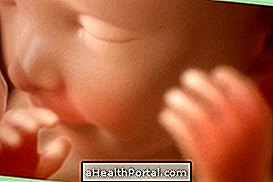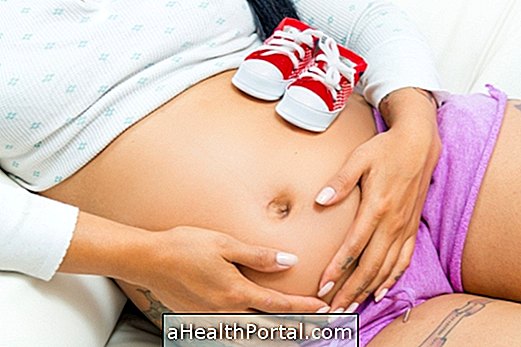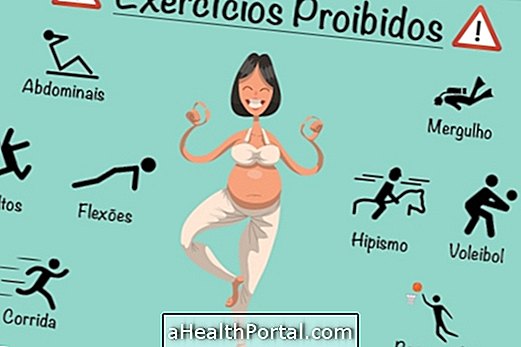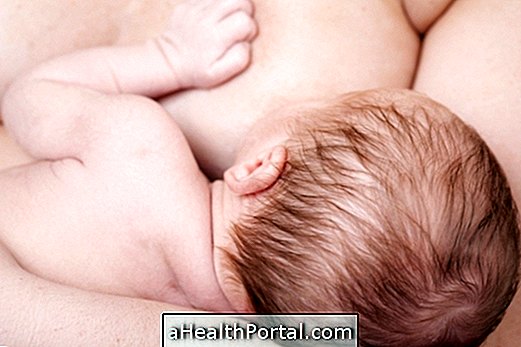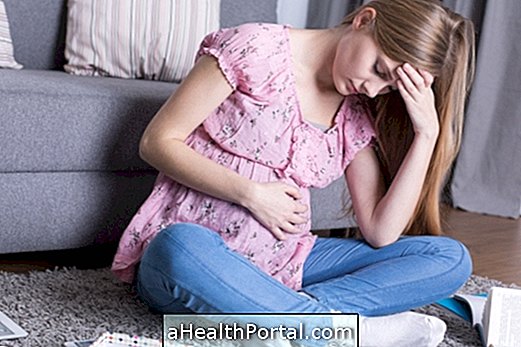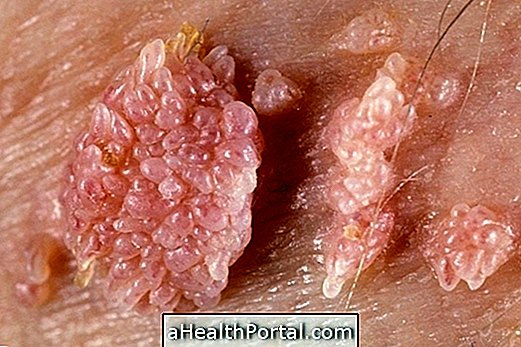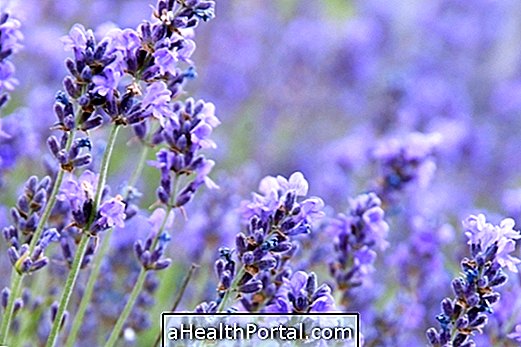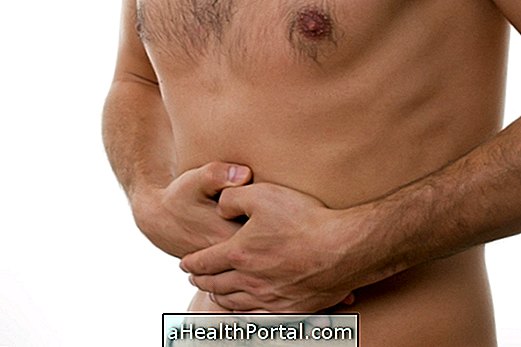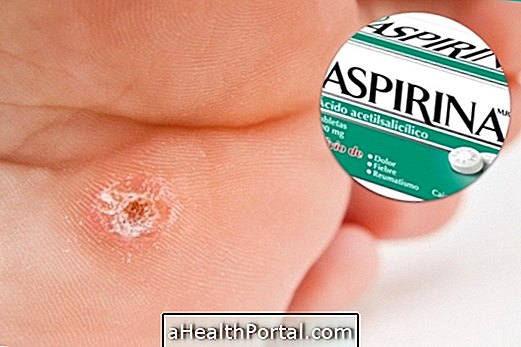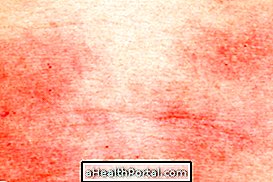Treatment of migraine during pregnancy can be done with changes in diet and use of medications such as Paracetamol, which should be taken only according to medical advice.
During the first trimester of gestation, some women may have more migraine attacks than usual, which is triggered by the intense hormonal changes of the period. This happens because changes in estrogen levels can trigger bouts of headache, which occurs in women during pregnancy, hormone use or PMS, for example. Understand better why migraine is more common in women than in men.
Migraine attacks usually decrease in frequency or disappear in the 2nd and 3rd quarters and in women who used to have this problem close to the menstrual period. However, this improvement may not occur in women who have an aura depleted or, in rarer cases, may occur even in those who have no previous history of migraine.

How to treat
Treatment for migraine during pregnancy can be done with the use of natural medicines or techniques that help relieve the symptoms, as shown below:
1. Remedies for migraine
The safest pain medications to use during pregnancy are Paracetamol and Sumatriptan, and it is important to remember that these medicines should always be taken only as directed by the obstetrician.
2. Natural Treatment
To aid in the treatment, one can use acupuncture and relaxation techniques and breathing control, such as yoga and meditation, besides being important to rest as much as possible, making small rest periods throughout the day.
Other tips that help you are to drink at least 2 liters of water a day, do between 5 and 7 small meals a day and practice physical activity regularly as this helps to improve digestion and keep track of blood pressure and blood sugar.
Here's how to do a relaxing massage to relieve headache:

How to prevent new crises
Although migraine is often caused by the hormonal changes of one's own pregnancy, one should try to identify factors that may increase the risk of new seizures, such as:
- Stress and anxiety: increase muscle tension and the chance of migraine, and try to relax and rest as much as possible;
- Food: Care should be taken if the crisis arises up to 6 hours after the consumption of certain foods, such as soft drinks, coffees and fried foods. Learn how the migraine diet should be;
- Noisy and very bright place: they increase the stress, being important to look for calm places and that the luminosity does not irritate the eyes;
- Physical activity: Vigorous exercise increases the risk of migraine, but regularly exercising light and moderate activities, such as walking and water aerobics, decreases the risk of new problems.
In addition, keeping a diary about the routine and the appearance of the headache can help to identify the causes of the problem. It is also important to be alert to the appearance of symptoms such as increased pressure and abdominal pain, which may indicate other health problems.
Check out more natural tips to treat and avoid migraine in pregnancy.
Is migraine in pregnancy dangerous?
Migraine during pregnancy does not pose a direct danger to the baby but it is important to seek a doctor to make sure that the headache is not caused by other problems such as preeclampsia. See other symptoms caused by pre-eclampsia.
